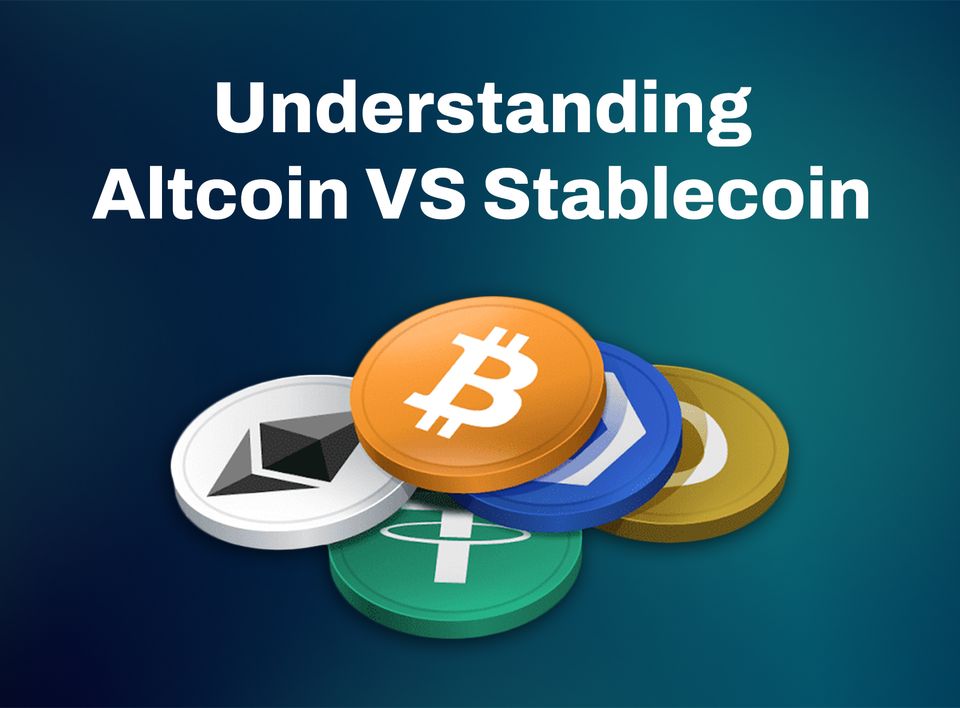How to Create a Cryptocurrency; A Simple Guide for Beginners
Before setting out to create a coin, it is important to clearly define the objective of your coin use and what your digital project is focused on. Are you interested in smart asset management or data authentication or something else?

What is a cryptocurrency?
A cryptocurrency is a digital currency that runs on blockchain mechanisms to generate new units and verify transactions.
It is similar to fiat currency in that it is a unit of wealth storage and means of exchange and different from fiat money in that it is mostly decentralized and does not have a physical coin or note form.
Under the umbrella of cryptocurrency, there are two categories - coins and tokens.
A cryptocurrency coin is a digital coin that runs on its own blockchain. For instance, Ether is native to and operates on the Ethereum Blockchain and Bitcoin is native to and operates on the Bitcoin Blockchain.
A cryptocurrency token is a unit of value that doesn’t run on its own blockchain but is rather developed and operated on existing blockchain networks like Ethereum. Some of the commonly traded tokens running on Ethereum include Tether, DAI and BNT.
Why do people create cryptocurrencies?
If your product, project or startup is significantly involved in the use of blockchain, then creating your own coin isn’t a matter of if but a matter of when. Furthermore, if your product or company is majorly based in the digital market and a huge bulk of your target audience are online users, creating a cryptocurrency should be something to seriously consider.
Here are some advantages of creating a cryptocurrency:
Transaction Anonymity:
In this day and age where privacy concerns are growing, cryptocurrency offers a way for internet users to control just how much information they want to share while still being able to purchase the services they want.
Reduced operating costs:
The transaction charges, interest and exchange rates are considerably less than that of the standard means of exchange. The charges are also transparent so customers don’t have to worry about any hidden charges sneaking up on them.
Instant transactions:
Location restrictions, business hours, state/nationwide holidays don’t affect cryptocurrency operations because it is run on the blockchain.
Fund security:
Because of how decentralized cryptocurrency is, funds stored in the coins are safer and can easily be accessed. Users don’t have to worry about their assets being frozen or seized by institutions such as banks and other government agents.
How to create a cryptocurrency
Now you know what a crypto coin is and its benefits, let’s get right into a simple step-by-step explanation of how to create a cryptocurrency.
1. Figure out your use-case
Before setting out to create a coin, it is important to clearly define the objective of your coin use and what your digital project is focused on. Are you interested in smart asset management or data authentication or something else? Regardless of where your interest lies, make sure it is clearly defined as it will be a major factor in your cryptocurrency creation.
2. Select a consensus mechanism
Consensus mechanisms are the protocols that legitimize transactions and add them to the block. Selecting the right one is key to ensuring your blockchain runs smoothly. This is why it is necessary to know your use-case as it will help you choose the right consensus mechanism for your product.
3. Choose a blockchain platform
The blockchain platform you choose to use depends on the consensus mechanism you have selected. Some common platforms include Ethereum, EOS, BitShares 2.0, WAVES, CoinList and IBM blockchain.
4. Design the nodes
A node is an internet-connected device that assists a blockchain by carrying out support tasks such as processing transactions, storing data and verifying transactions. It is necessary to design the nodes according to the functionality of your blockchain. You have to figure out things such as whether the hosting will be on the cloud or on premises, will permissions be public or private and so on. The better designed your nodes are, the more efficient and secure your blockchain will be.
5. Establish the internal architecture
Some of the parameters of your blockchain will not be able to be changed after launch so ensure they are all correctly set-up. Take your time to look into parameters like :
- Key formats - select the appropriate format for the keys that will generate signatures for transactions.
- Key management- set up a system to secure the private keys that provide blockchain access.
- Address formats - establish how your blockchain addresses will appear.
- Multisignatures - define the number of keys needed by your blockchain to validate a transaction
- Permissions - establish who can validate transactions, access data and so on.
- Native assets - establish the rules guiding the native currency issued in your blockchain.
6. Integrate API’s
Several platforms don’t offer pre-built API’s so ensure the platform you choose to use does. However, if it doesn’t, there are numerous 3rd party blockchain API providers like Bitcore, BlockCypher, ChromaWay, Colu, and Gem.
7. Design user and admin interface
You can have a fantastic cryptocurrency but if your interface is terrible and not user-friendly, it may be as good as useless. Ensure that your external databases, web and FTP servers are running the latest versions. Also ensure that both front-end and back-end programming are carried out in a way that makes room for the future upgrades that will definitely come.
8. Legalize the Cryptocurrency
Although cryptocurrency is still largely unregulated, take the necessary steps to ensure your currency meets all the legalities required. This will avoid any unpleasant legal issues that may arise in future.
***
The steps stated above are just a beginner overview into what is required to create a crypto coin. The process of creating a cryptocurrency coin takes a lot of time, money and other resources. There have been thousands of coins created over the past years. Some have failed like paycoin, Bitconnect and others have thrived like Bitcoin (obviously), Litecoin and Binance Coin.
Hence, once you commit to creating a cryptocurrency, be prepared to do the required research and necessary groundwork such as getting it listed and figuring out how to ensure it provides value to users.
Disclaimer: This article was written by the writer to provide guidance and understanding of cryptocurrency trading. It is not an exhaustive article and should not be taken as financial advice. Obiex will not be held liable for your investment decisions.




